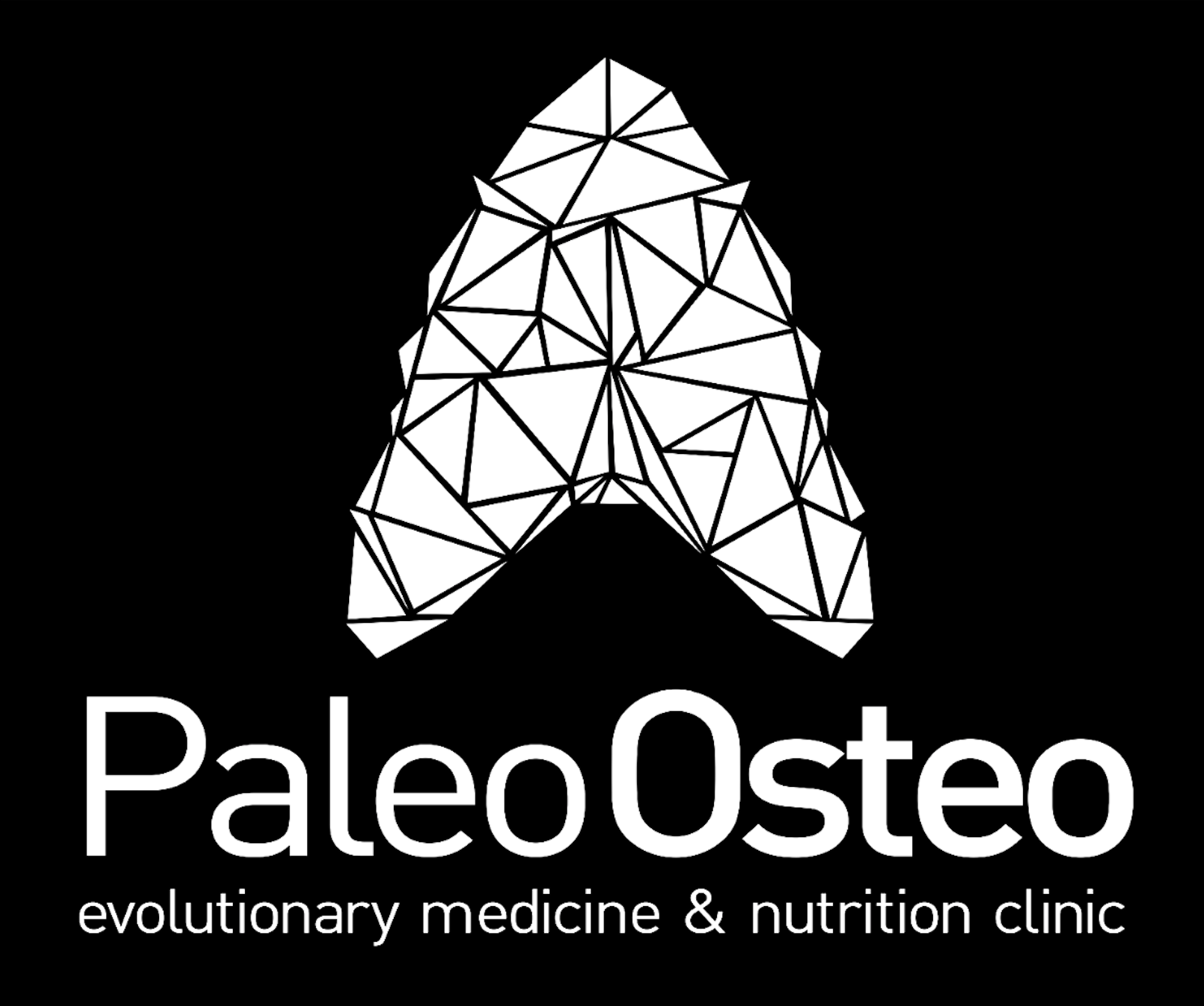This blog entry will be part 1 of a 2 part series, with part 2 written by Mark McGrath.
I recently had a conversation over breakfast with Mark about culturally ingrained ideas on what is aesthetically pleasing in the human form, and the implications of what is perceived to be “good,” versus what we believe, as practitioners, to be functionally preferred, functionally natural.
Ballet immediately came to mind. Clinically i tend to see a lot of young girls who are heavily involved in this dance discipline with chronic hip and knee complaints, and extremely tight thoraco-lumbar paraspinal muscles. I believe this to be secondary to the contrived postures asked of ballet dancers, to fit the perceived archetype.
If you run a google image search for “ballet,” the majority of the images you will see involve extreme thoraco-lumbar extension, even in the resting stance. I am led to believe, through speaking with ballet dancers, this “chest up” position is taught to be maintained at ALL times, to encourage “good posture.”
But what is “good posture?” Do we have a frame of reference around which to decide? It appears that the common public perception of what constitutes “good posture” is a contrived, statue-esque, almost “rigid” form.
Where did this perception originate? Is it functional? is it “right?” If it is “right,” why are we seeing so many injuries and dysfunctions? The question begs, is there a better way to model our postures and movements than on contrived folklore?
The Prague School of Rehabilitation have been working tirelessly to develop a model for describing ideal motor function and posture. They have based their model on the observation of infantile reflex locomotive patterns and postures. The beauty of this model is the assumption is that what is pre-programmed and performed without being “taught,” must be ideal, and therefore should be used as a framework around which to base adult movement and posture.
Consider the full squat a-la 2 year old boy picking up a toy. What could be more stable, yet mobile at the same time? Full squat has become a regular screen in my Osteopathic examination, and surprisingly many adults struggle to perform it well. In recent years i have started to consider this the cause of dysfunction and pain rather than the result. As a big believer in the natural world, i am often citing non-human mammalian behaviour when talking to clients about function and dysfunction, (colleague Aaron Anderson can be overheard echoing my sentiments, when asked about core stability – “Ive never seen a gorilla do pilates!”)
But the references to the natural world, human or otherwise, must bear some truths.
What occurs innately, without teaching must be natural.
What is contrived of human belief and thought to force the body into a particular shape, cannot be right when considered in the light of the evolution of our species, and indeed our own functional infantile development.
